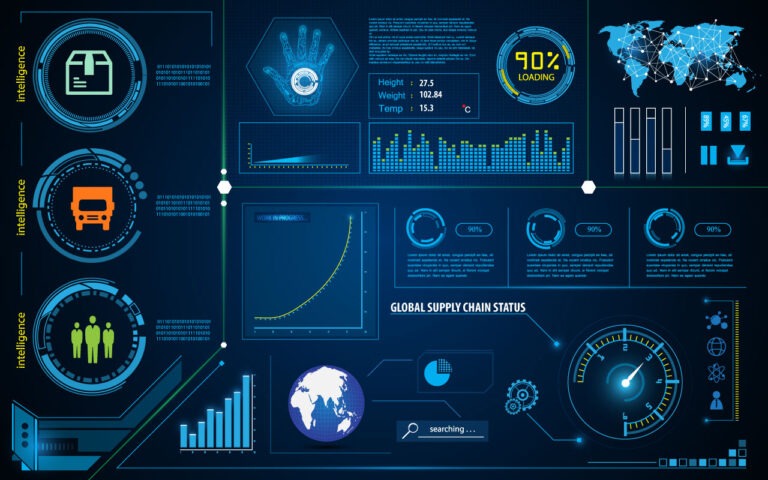
Prescriptive Analytics: Enhancing Decision Making with Data
Prescriptive analytics is the advanced stage of business analytics that utilizes data, mathematical algorithms, and machine learning techniques to provide recommendations for decision-making. It goes beyond descriptive and predictive analytics by recommending the best course of action to achieve desired outcomes.
Importance in Decision Making
In an increasingly competitive landscape, decision-makers need more than just historical data and future predictions. They require actionable insights that can guide them in making strategic choices that drive success. This is where prescriptive analytics plays a pivotal role.
How Prescriptive Analytics Works
Prescriptive-analytics involves several stages:
Data Collection and Analysis
Firstly, relevant data is collected from various sources, including internal databases, third-party providers, and IoT devices. This data is then analyzed to identify patterns, trends, and correlations.
Predictive Modeling
Next, predictive models are built using statistical techniques and machine learning algorithms. These models forecast future outcomes based on historical data and current variables.
Decision Optimization
Finally, the prescriptive model generates recommendations by evaluating multiple scenarios and determining the optimal course of action to achieve specific goals. These recommendations consider constraints, objectives, and potential outcomes.
Applications of Prescriptive-Analytics
Prescriptive-analytics finds applications across diverse industries:
Healthcare
In healthcare, prescriptive-analytics helps optimize treatment plans, resource allocation, and patient outcomes. By analyzing patient data and medical research, healthcare providers can make informed decisions to improve care delivery.
Finance
In the financial sector, prescriptive analytics aids in portfolio management, risk assessment, and fraud detection. It enables financial institutions to make investment decisions and mitigate risks effectively.
Supply Chain Management
Prescriptive-analytics optimizes supply chain operations by forecasting demand, managing inventory, and optimizing logistics. It ensures efficient distribution of goods while minimizing costs and disruptions.
Marketing and Sales
In marketing and sales, prescriptive-analytics enhances targeting, pricing, and campaign optimization. By analyzing customer behavior and market trends, businesses can tailor their strategies for maximum effectiveness.
Benefits of Prescriptive-Analytics
The adoption of prescriptive-analytics offers several advantages:
Improved Decision Making
Prescriptive-analytics provides actionable insights that empower decision-makers to make informed choices. By considering various scenarios and their outcomes, organizations can optimize their strategies for better results.
Enhanced Efficiency
By automating decision-making processes, prescriptive-analytics streamlines operations and reduces manual effort. This leads to increased efficiency and productivity across the organization.
Cost Reduction
Through better resource allocation and optimization, prescriptive-analytics helps minimize costs and maximize ROI. By identifying inefficiencies and opportunities for improvement, organizations can achieve significant cost savings.